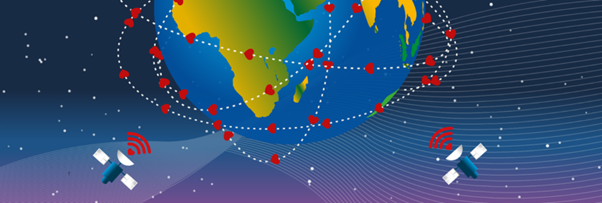Distributed control in 3D wireless networks

Problem Statement:
3D wireless networks present unique challenges due to their complex topology and the need for efficient communication and coordination among nodes. The study will explore methods to enhance the performance, reliability, and scalability of these networks through distributed control strategies. Topology control methods in 3D wireless networks are essential for managing the network's structure and ensuring efficient communication among nodes. There are many research questions in this area and you are free to investigate any of these:
- Node Deployment: Nodes are strategically placed in the 3D space to ensure optimal coverage and connectivity. Where would we place a drone Base Station? How many Satellites in Low Earth Orbit do we need to cover a field of sensors?.
- Clustering: Nodes are grouped into clusters, with a cluster head responsible for communication within the cluster and with other clusters. This reduces the communication overhead and improves scalability. How do we choose a cluster head? How do we do that in highly dynamic networks?
- Geometric Approaches: Using geometric shapes (e.g., truncated octahedrons) to partition the 3D space into cells. Each cell has one active node, while others are in sleep mode to conserve energy. What is the best shape for a 3D cell? Can we extend the 2D network design to the sky?
- Mobility Management: Managing the movement of nodes to maintain network connectivity and coverage. This is particularly important in applications like underwater or aerial networks. Can we move the nodes to enhance connectivity?
- Fault Tolerance: Implementing mechanisms to handle node failures and ensure the network remains operational. This can involve redundant nodes or dynamic reconfiguration of the network. What kind of faults can we predict? Can we be proactive about them?
Tasks:
The student will use 3D networking simulator to model one of the problems described above. A sensitivity analysis of the performance trade-offs is a primary objective of the project. ML/AI or heuristic solutions can be developed to build solutions
Work:
10% Theory, 70% Simulations, 20%Writing
Contact:
Alessandro Chiumento (a.chiumento@utwente.nl)
